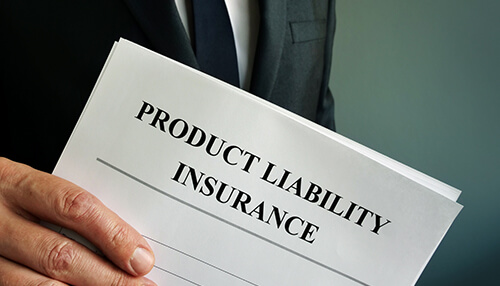Introduction
Due to the fierce competition in the insurance industry, different businesses charge different amounts for the same kind of service. If you haven’t lately compared the price of your general liability insurance coverage, you should do so to see if it has risen dramatically. If so, you could speak with the business or choose a new provider to reduce your monthly bill.
The cost of your insurance is influenced by several elements, such as the volume and relative risk of your company and if you have ever filed a claim. Even though you have no control over these factors, you can reduce your costs by choosing a high deductible, bargaining for a package deal, or paying your premiums in advance.
In this article, we are going to talk about the eight factors that affect the cost of product liability insurance.
1. Your Company’s Size And The Number Of Employees
The workforce is among the most significant elements impacting the cost of professional liability insurance because many insurance providers use this metric to evaluate the size of firm and financial assets. More workers mean greater insurance costs since the likelihood of an error and the ensuing litigation rises as the size of the business does.
2. Your Levels of Risk
Not all industries carry the same risk. As there is little probability of getting harmed on their property, retail establishments and office buildings are regarded as low-risk. There is little risk of injury or property damage as long as the company takes the necessary precautions, such as posting warning signs if there is a wet patch on the floor and directing staff members not to leave anything lying on the floor.
3. Your Company’s Address and Location of its Area
The quotes you get may vary depending on your company’s location and building design. You might have to pay extra if your business is housed in a structure that is vulnerable to theft, burglary, or other environmental or natural catastrophes. Even though professional liability insurance doesn’t directly protect you from structural damage to the property, it does provide compensation if one of your clients is hurt or their property is harmed while visiting your physical site.
4. Earlier Claims
Every business may experience difficulties, and filing an insurance claim doesn’t necessarily indicate that you did anything wrong. However, if you’ve requested payment from your insurance provider more than once in the last few years, your monthly premium may go up because you’re now a high-risk client. Whether you choose to remain with your current employer or find a new one, you will pay extra in this scenario.
5. Your Reimbursement
General liability insurance typically has a deductible, which is the sum of money you must pay out of pocket before your insurance coverage begins, just like medical and vehicle insurance. The less frequently you spend, the bigger this deductible is. Companies with a large emergency fund should think about boosting their deductible. They typically save money in this way, especially if the likelihood of a lawsuit is quite low.
6. Alarm For A Fire
To make decisions, your insurance company will also assess the building’s or your workplace’s fire suppression system.
- How far is the closest fire hydrant in the event of a fire?
- How close is the fire station?
- Does your structure have a sprinkler system?
It impacts the entire cost of product liability insurance.
7. Your Insurance Coverage and Policy
Your premium reflects the type of insurance coverage plan you select:
- Species of Policy (Named Perils or All Perils)
- Your policy’s endorsement deals (extra coverage)
A maker of heavy machinery does not face the same inherent hazards as a massage therapist.
8. History of the Credit Card
Your credit history may be taken into consideration by your insurer when determining the cost of your insurance. Insurance providers check the financial assets for providing the insurance coverage plans.
Conclusion
These are the main determinants of product liability insurance. You have to consider these factors while getting an insurance policy for your business organization.




